- 13035986501
- 13035986501
- Nyx-peptide@jsjpharm.cn
Your Location:Home >Products >Personal care ingredient >28874-51-3
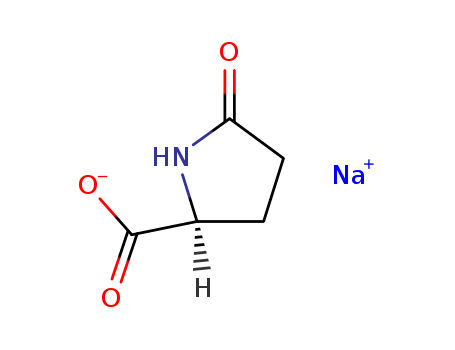

Product Details
Sodium PCA, derived from the naturally occurring amino acid proline, functions as a conditioning agent in skincare. As a high-performance humectant, Sodium PCA is widely recognized for its exceptional ability to attract and retain moisture, making it a valuable hydrating ingredient. It is a key component of the skin's natural moisturizing factor, and for cosmetic purposes, it is typically derived from amino acids. Known for its noncomedogenic and non-allergenic properties, Sodium PCA is recommended for use in skincare products designed for dry, delicate, and sensitive skin types. Its moisturizing and conditioning qualities contribute to its popularity as a workhorse ingredient in skincare formulations.
InChI:InChI=1/C5H7NO3.Na/c7-4-2-1-3(6-4)5(8)9;/h3H,1-2H2,(H,6,7)(H,8,9);/q;+1/p-1/t3-;/m0./s1
In animal studies, Sodium PCA was nonirritating to the eye and skin at concentrations up to 50%. No evidence of phototoxicity, sensitization, or comedogenicity was found. These ingredients were not genotoxic. In a range of clinical tests, PCA and Sodium PCA were found to be nonirritating and nonsensitizing (with and without UV exposure).
The present invention aims at providing ...
Lithium, sodium and potassium bis-L-pyro...
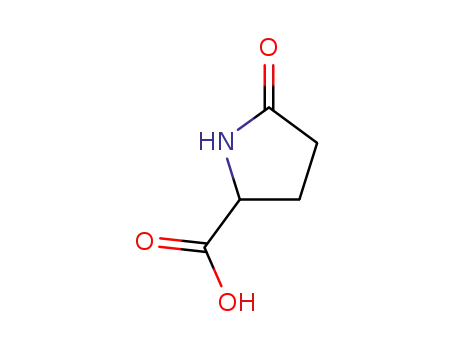
2-L-pyrrolidone-5-carboxylic acid

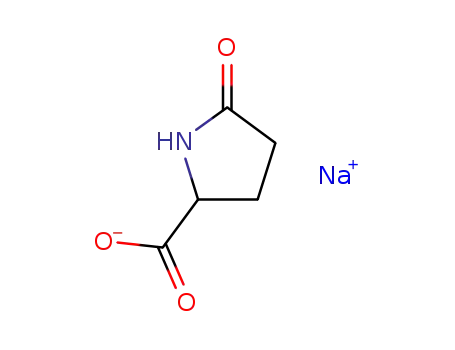
sodium hydrogen bis-L-pyroglutamate
| Conditions | Yield |
|---|---|
|
With sodium hydroxide; In water; for 3h; Ambient temperature;
|
60% |
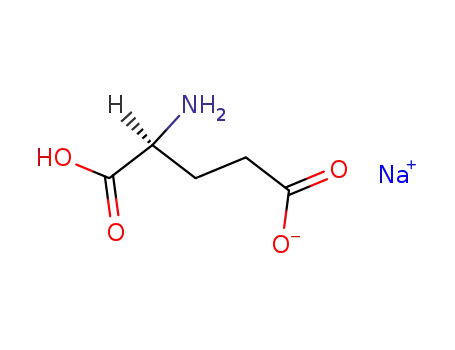
monosodium glutamate

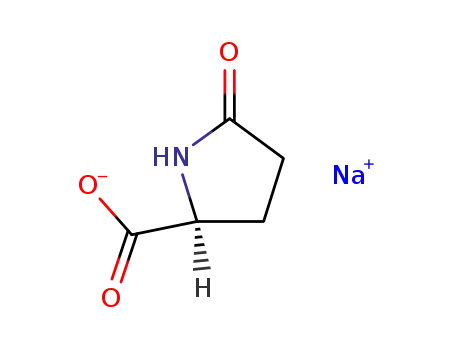
sodium L-pyroglutamate
| Conditions | Yield |
|---|---|
|
In water; at 180 ℃; for 2h;
|

monosodium glutamate
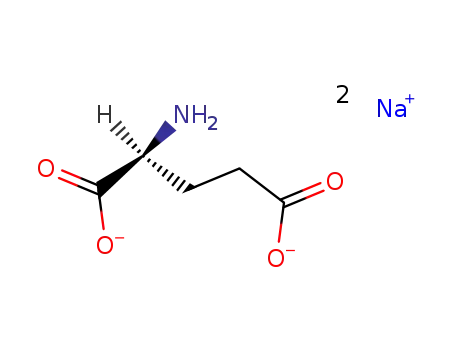
glutamic acid sodium salt

2-L-pyrrolidone-5-carboxylic acid
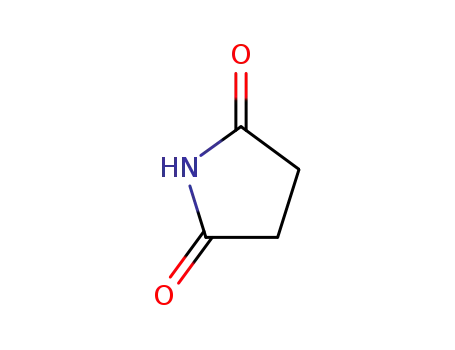
Succinimide
CAS:247062-33-5
CAS:79561-22-1
CAS:96702-03-3
CAS:15454-75-8
